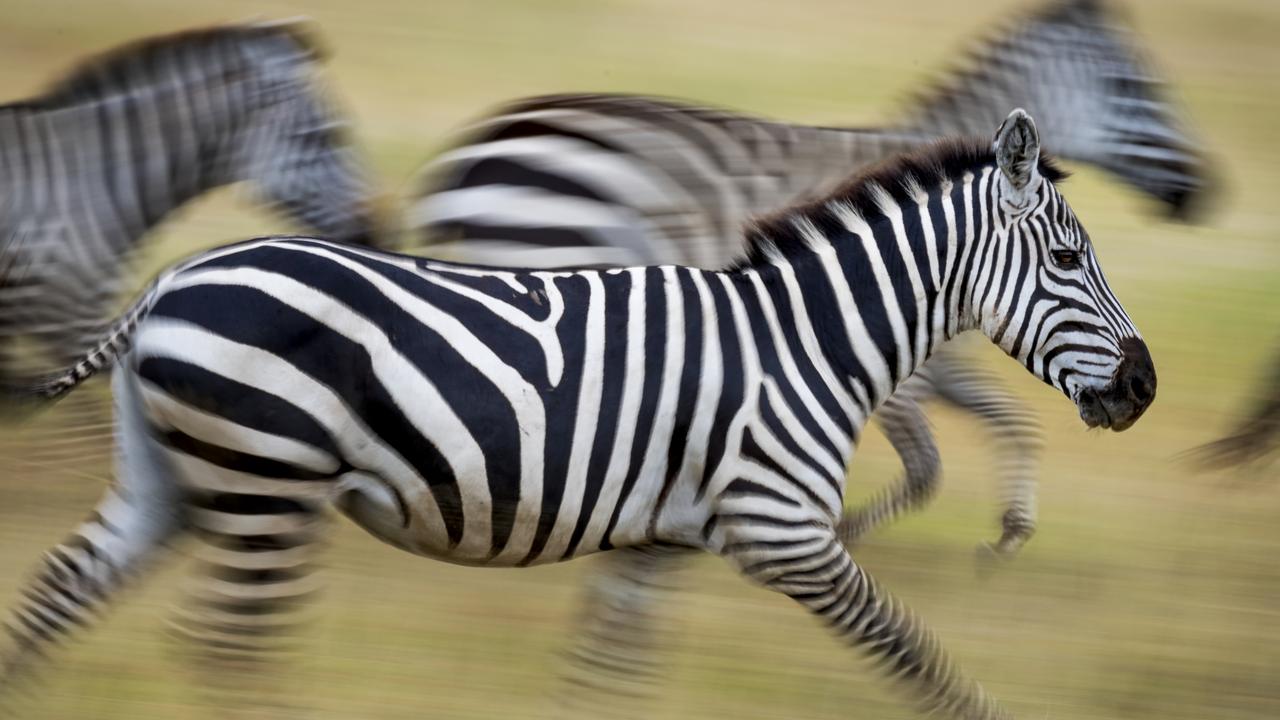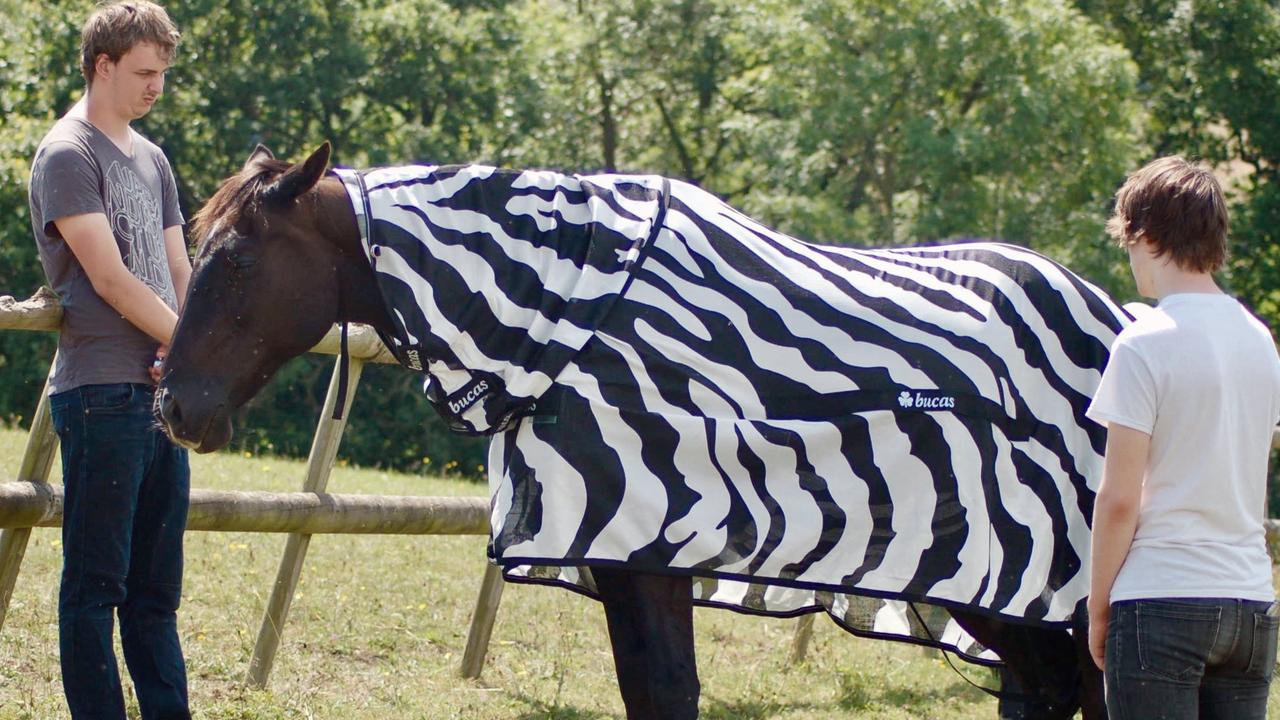Researchers find the answer to why zebras have stripes and it’s not for camouflage
It’s a question everyone asks — why do zebras have black-and-white stripes? Now scientists have found the answer and it’s all about blood-sucking insects and protection from diseases

READING LEVEL: GREEN
The story of how the zebra got its stripes has been a mystery for centuries* — but scientists may finally have the answer.
New research suggests the black-and-white beasts evolved* their unique* coat to help protect them from blood-sucking flies in Africa.
Previously, it was thought stripes helped zebras camouflage* and hide from predators, or keep them cool in summer.

But a new study led by scientists from the University of Bristol and the University of California at Davis proves otherwise.
The stripes confuse horseflies, making it harder for them to land and therefore protecting the zebras from bites and diseases.
“Stripes may dazzle* flies in some way once they are close enough to see them,” said study author Dr Martin How, a scientist at the University of Bristol.

The researchers tested whether more horseflies landed on horses or zebras at a horse farm called Hill Livery in Britain.
They also dressed horses in black-and-white striped coats and found fewer horseflies landed on the cloaked horses than on the ones without striped coats.
“This reduced ability to land on the zebra’s coat may be due to stripes disrupting* the visual system of the horseflies during their final moments of approach,” Dr How said.
From a distance, the flies were equally attracted to both horses and zebras, with the same number of insects hovering around both types of animals. But when the flies got closer, things changed. The flies landed less frequently on the zebras and the horses covered in striped coats.
“Once horseflies get close to zebras, they tend to fly past or bump into them,” said Professor Tim Caro, a scientist at the University of California.
“This indicates that stripes may disrupt* the flies’ abilities to have a controlled landing.”
The research was published in the open-access journal Public Library of Science ONE.
GLOSSARY
- centuries: periods of 100 years
- evolved: developed gradually
- unique: unlike anything else
- camouflage: disguise
- therefore: for that reason
- dazzle: brightness that affects sight
- disrupting: activity that interrupts something
EXTRA READING
Rare baby otters pass first test
Bees know how to do basic maths
Australia’s biggest steer goes viral
QUICK QUIZ
- Which animal do the stripes protect zebras from?
- Where do these flies live?
- Who is Dr Martin How?
- What clothing item did they use in the experiment?
- Name two previous ideas on why zebras had stripes.
LISTEN TO THIS STORY
CLASSROOM ACTIVITIES
1. Comic strip
Draw a comic strip with 4-6 panels that shows how a zebra’s stripes work to protect them from horseflies. Try to make your comic strip dramatic or funny like a real comic strip, while also including information learned from the news article.
Time: allow 30 minutes to complete this activity
Curriculum Links: English, Science, Visual Art
2. Extension
Think of three other animals who have patterned coats or bodies and research why they evolved to have that pattern.
Time: allow 15 minutes to complete this activity
Curriculum Links: English, Science
VCOP ACTIVITY
After reading the article, with a partner, highlight as many connectives as you can find in pink. Discuss if these are being used as conjunctions, or to join ideas and create flow.
HAVE YOUR SAY: Do you think the scientists are right about why zebras have stripes? Does it make sense to you?
No one-word answers. Use full sentences to explain your thinking.

